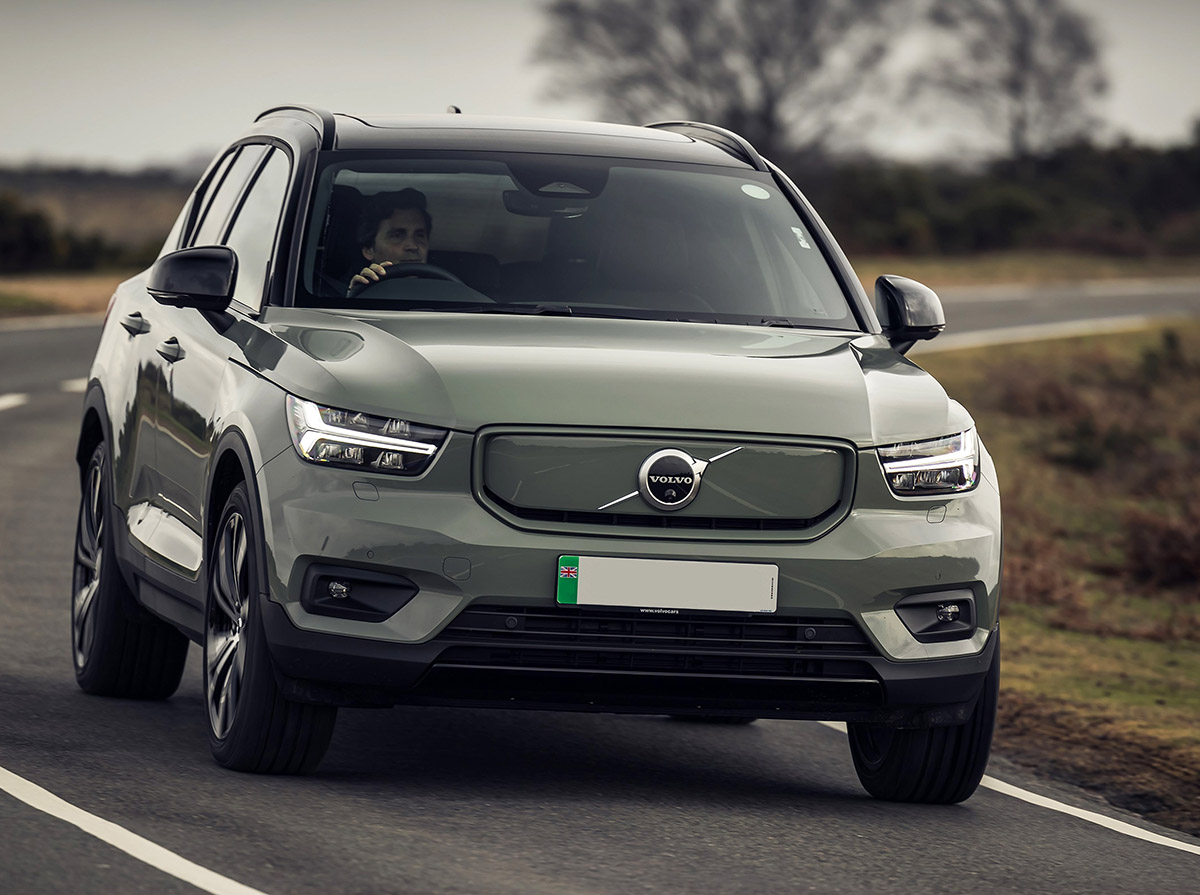When I picked up the Volvo XC40 Recharge from Dublin, it only had 40% charge. No bother – I’d just stop at Junction 14 for a quick top-up on the way down while I enjoyed a coffee and job done.
I was assured that a full charge would give in excess of 400km comfortably so I started the mental calculations.
The one bit of information I didn’t have was the remaining range, the most important piece of data in any EV, I’ve found. Despite trying every menu I could find, the car wouldn’t cough the figure up. I even rang Automotive Team, who deliver the car for Volvo and they confirmed that it wasn’t possible to bring the range figure up on screen.
It made the job of judging how much to charge a tricky operation. Despite connecting to a fast charger, the car didn’t seem to be charging as fast as it might and I was in a hurry. As a result, I didn’t put enough in and had to stop again in Limerick before finishing my journey.
Things like this happen sometimes with EVs so I’m not blaming Volvo in particular, although the range figure should be front and centre at all times. As it turns out, later in the week, I discovered that if you put a destination into the sat nav, the car instantly calculates the remaining range and even gives you the expected charge remaining at your destination, so the information is there.
In point of fact, the sat nav/entertainment system is one of the best I’ve experienced on any car. It’s based around a 9” portrait touchscreen and it’s powered by a google designed operating system so integration with google maps and voice assistant for example, is second to none. It plays nicely with Apple devices too, with standard Apple CarPlay.
We’re quite familiar with the XC40 SUV as it’s been on the market for a few years. It’s a fine car, having won the Irish Car of the Year title when it was introduced. It now offers petrol, diesel and phev power trains and now with the Recharge, a full EV is in the range.
My test car was the full-on twin motor version with over 400bhp to call on and striking performance. It can really pin you back in your seat with a 0-100km/h time of around 5 seconds.
You can depend on a usable range of around 400km in the real world from the 78kWh battery pack and when the time comes to charge, there’s 150kW charging to top it up fairly quickly.
Despite the extra weight of the power train, the Recharge is fun to drive and very solid on the road.
The ride is comfortable in most conditions, although the 20” wheels fitted to the twin motor versions can sometimes catch the car out.
The interior is spacious for four adults and it’s full of Scandi design features. There’s a colour screen for the driver’s information and plenty of cubby holes for oddments dotted around the cabin. The interior is essentially lifted from the XC40 and what makes that a good family SUV is carried over with very few changes.
The only slight demerit is a marginally smaller boot, as the space is needed for the electric motor. There’s still a handy 452 litres and an additional under bonnet space to take charging cables and the like.
Outwardly, the changes between the XC40 and the Recharge come down to a smooth, colour-coded grille and badging on the C-Pillars.
Standard equipment on the base model include 19” alloy wheels, a heat pump for greater efficiency, LED headlamps, park assist with reversing camera, heated seats and steering wheel and an electric tailgate. Pricing starts from €61,930 and there are Plus and Ultimate trims available as well.
The twin motor version has since been joined by a cheaper, front wheel drive model, with a slightly smaller battery, but a similar range.










